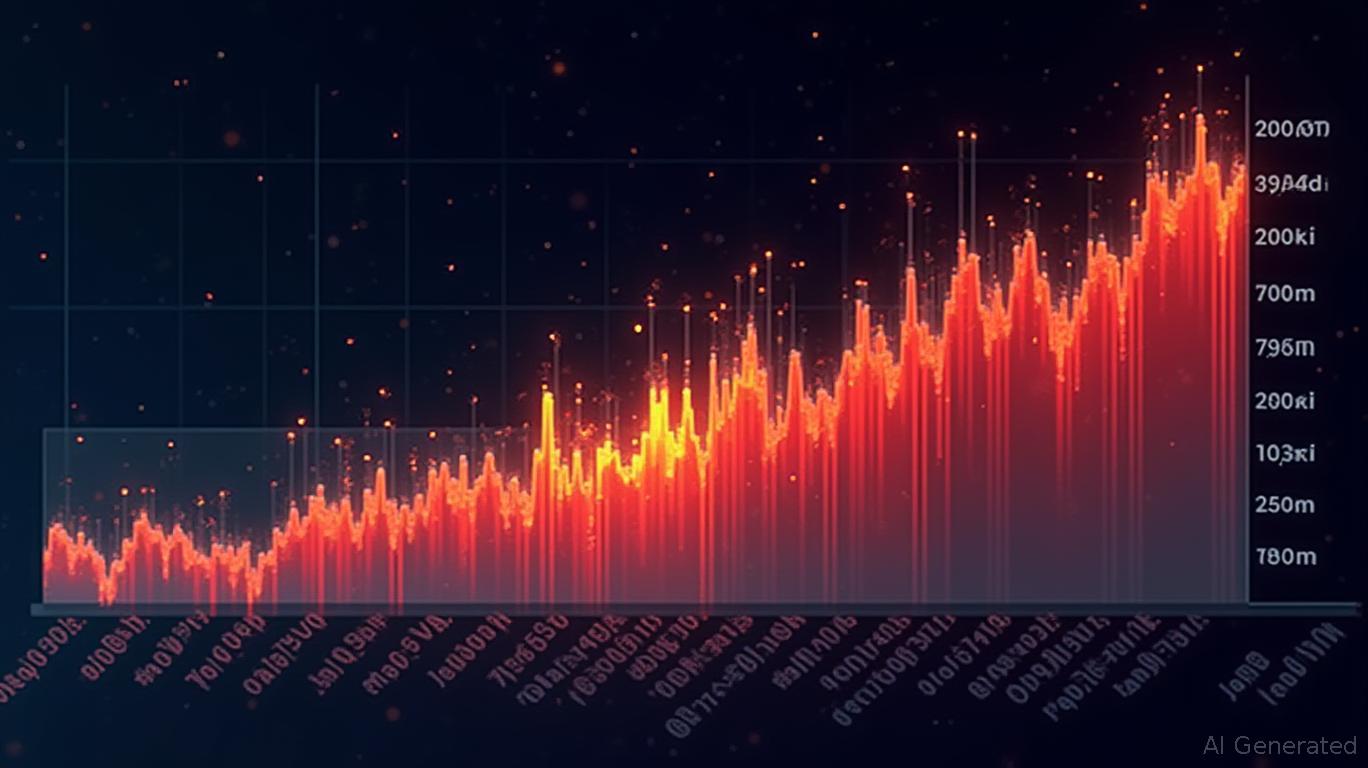Navigating the Crosscurrents: Strategic S&P 500 Allocation in a Volatile Landscape
The S&P 500 has inched closer to record highs in June 2025, hovering near its February peak of 6,147.43, despite a trifecta of challenges: geopolitical uncertainty, Federal Reserve policy ambiguity, and sector-specific headwinds. Investors face a paradox: the index's resilience suggests confidence in economic fundamentals, yet its volatility underscores lingering risks. For strategic allocators, the path forward requires a nuanced approach—leaning into sectors poised to benefit from de-escalation and Fed pivots while hedging against tail risks.

The Middle East De-Escalation: A Double-Edged Sword
The temporary ceasefire between Israel and Iran, effective since June 2025, has reduced geopolitical tension, easing crude oil prices to $68 per barrel, their lowest in weeks. While this benefits rate-sensitive sectors like airlines and industrials, energy producers such as ExxonMobil (XOM) and
(CVX) face headwinds as prices dip below fiscal breakeven points. Defense contractors like Raytheon Technologies (RTX) also face near-term uncertainty, though long-term demand for air defense systems remains robust.Investment Takeaway: Energy stocks are vulnerable to oil price swings, but select names with strong balance sheets and dividend yields (e.g.,
, CVX) could offer a floor. Pair these with long-dated put options on energy ETFs (e.g., XLE) to hedge against renewed conflict.
Fed Policy: A Tightrope Walk Between Cuts and Caution
The Federal Reserve's June 2025 decision to hold rates steady at 4.25%-4.5% reflects its data-dependent approach. While the median projection points to gradual cuts—reducing rates to 3.0% by 2027—near-term inflation risks (headline CPI at 2.4%, core PCE at 2.8%) constrain its pace. This uncertainty creates a sweet spot for financials, which thrive in a declining rate environment.
Financials Lead the Charge:
- JPMorgan Chase (JPM) and Goldman Sachs (GS) have ramped up buybacks (+41% in Q1 2025 vs. Q4 2024), bolstering earnings per share.
- Rate-sensitive banks (e.g.,
Strategic Allocation: Energy as a Hedge, Financials as a Catalyst
- Energy: Selectivity Over Aggressiveness
- Hold mid-cap energy stocks with exposure to refining and renewables (e.g., Holly Energy Partners HEP), which benefit from stable demand and lower capital costs.
Avoid pure-play exploration firms reliant on high oil prices (e.g., OXY).
Financials: Capitalize on Buybacks and Rate Cuts
- Overweight regional banks (e.g., USB, KEY) with strong deposit bases and lower exposure to trading volatility.
Utilize covered calls on sector ETFs (e.g., XLF) to enhance income while limiting downside risk.
Hedging: Options and Diversification
- Protect portfolios against geopolitical flare-ups by shorting iPath S&P 500 VIX Short-Term Futures ETN (VXX) or buying puts on the S&P 500.
- Diversify geographically: Allocate to non-U.S. equities (e.g., EM) benefiting from dollar weakness and global growth.
The Risks That Could Upend This Strategy
- Oil Price Spikes: A breakdown in the Middle East ceasefire, disrupting Hormuz traffic, could send crude above $80/barrel, pressuring equities broadly.
- Fed Hawkish Surprises: If inflation resists cooling, the Fed may delay cuts, dashing financial sector hopes.
Final Call: A Balanced Approach for 2025
The S&P 500's proximity to records masks underlying fragility. Investors should:
- Rotate into financials for their valuation upside and buyback discipline.
- Use energy selectively as a volatility hedge and income generator.
- Layer in protection via options and international diversification.
The path to record highs hinges on sustained Middle East calm and a Fed that can navigate inflation without stifling growth. For now, patience and prudence remain the cornerstones of strategic allocation.

Comments
No comments yet